Article was updated at 1:20 pm EST on 8/24/25
Ten years ago, former U.S. Rep. Wiley Nickel, D-NC, met another father at a playground to supervise a playdate between their two children. The other father told Nickel about how he came to the U.S. in 1995 after fleeing a 26-year ethnic war in Sri Lanka that facilitated the mass murder of thousands of Eelam Tamil people. He also told Nickel that the international community has not acknowledged the act as a genocide.
The father soon became an Eelam Tamil activist in the U.S. He was also one of the key inspirations for Nickel to introduce a bill in May 2024 to have the U.S. government recognize the ethnic bloodshed in South Asia as a genocide, and support Eelam Tamil people’s calls for self-determination. The activist’s identity has been kept anonymous because his safety will be at risk when visiting his family in Sri Lanka if publicly connected with Tamil advocacy.
The father was among many who successfully advocated for his U.S. representatives in North Carolina to introduce legislation on recognizing the Tamil people’s struggles and calls for self-determination. Though all three bills died in committee, North Carolina is the only state to have introduced legislation on this subject three times because of a vocal set of advocates and legislators who have listened to the Eelam Tamil communities within their constituencies. Congresswoman Deborah Ross, D-N.C., told the Fulcrum that she is actively educating her colleagues and building more bipartisan support for future legislation.
The anonymous activist’s advocacy began around 2018 as one of the founding members of the Tamil PAC, though the organization didn’t formalize till 2020.
“I didn't know anything other than the force of full-scale war. Every other day or every day, somebody is killed by shellings … that's the life I lived. And I thought that's normal, you know, because I was born there,” the activist said. “The transition happened when I moved to America, and then it opened up my eyes to how other people live and the opportunities. We need peace. To have peace, we need to work toward a political solution to an independence referendum, just trying to take small steps every day.”
A nationwide PAC now, the Tamil PAC began in North Carolina, and it, along with other organizations like the World Thamil Organization based in North Carolina, is a large part of the reason the state’s lawmakers are the most vocal in the U.S. on this subject.
“This started with just one person on a playground, watching our kids play, talking about Sri Lanka, a place that I'd never visited,” Nickel said in an interview with the Fulcrum. “It just shows you the power of advocacy. It just takes a few people who are passionate about an issue to make real change in Washington.”
“And I think that's what you see here in the [North Carolina’s Research] triangle, is a smaller group, but a very, very vocal group who's demanding change.”
The history of the Eelam Tamil people
The Tamil people are indigenous to South India and what is now northern and eastern Sri Lanka. For roughly 400 years, the Tamil people presided over the Jaffna Kingdom in that region. In 1619, colonial expansion reached the kingdom, and the Portuguese invaded the land. The land and its people changed hands many times, first to the Dutch and then later to the British.
After World War II, the British ended their colonization of Sri Lanka. But, instead of recognizing the previously separate states of the Eelam Tamil people and the Sinhalese people of Sri Lanka, they merged the land mass that the two groups previously occupied separately, and the state for Tamil people was erased. In the years after Sri Lanka’s independence, the Tamil people in Sri Lanka faced increasing persecution.
From the mid-1950s onward, the Tamil people faced several massacres. During the first ones, in 1956 and 1958, a total of between 600 and 1,800 Tamil people were killed. Peaceful protests were met with violent suppression, mass murder, brutal assaults, and rape of the Eelam Tamil people. At the same time, Sri Lankan officials turned a blind eye or sponsored and participated in the violence.
In the wake of increasing state-sponsored violence against the Eelam Tamil people, many resistance groups emerged. Among them was the Liberation Tigers of Tamil Eelam (LTTE). The LTTE was born in the 1970s as a Tamil militant organization and resistance group that Western powers and the Sri Lankan government deemed a terrorist organization. But for many Eelam Tamil youth, the LTTE and other resistance groups who were seeking an independent state represented a more effective avenue of resistance, according to Tamil Sri Lankan Member of Parliament Gnanamuttu Sirinesan.
“Because these truths were hidden and injustice was done to the Tamil people, Tamil youth after 1980 felt that dialogue with this government was no longer possible. They believed that only by taking up arms and fighting, could they achieve liberation, and that’s how the Tamil movements and liberation groups like the LTTE were formed,” Sirinesan said in an interview with the Fulcrum. “The reason for this is that, for 30 years, leaders like Thanthai Chelvanayagam, Amirthalingam, and Sivasithamparam fought democratically for Tamil rights, but nothing was achieved.”
Sirinesan spoke with the Fulcrum at this year’s Federation of Tamil Sangams of North America convention in Raleigh, North Carolina.
People for Equality and Relief in Lanka (PEARL) is a grassroots organization of human rights activists researching human rights violations against the Eelam Tamil people, working with representatives, legislators, and politicians from the U.N. to the E.U. to improve human rights conditions in Sri Lanka. They have documented evidence and legal analysis for international organizations like the U.N. and individual nations to officially recognize the 1983 Black July and the 2009 Mullivaikkal massacre as genocide.
In 1983, mobs of Sinhalese people committed a state-sponsored, pre-planned mass murder of over 3,000 Tamil people between July 23-30, and the month has since been referred to as Black July or the 1983 pogroms. The 1983 pogrom occurred right after members of the LTTE killed 13 Sri Lankan soldiers in an ambush in Jaffna on July 23, 1983. Though the Sri Lankan government cited the ambush as the reason for the pogrom, evidence has mounted proving intent for mass murder prior to the ambush.
The pogrom became the catalyst for a 26-year ethnic war between the LTTE and the Sri Lankan government, where the Sri Lankan government routinely bombed Tamil-majority spaces, and the LTTE built a de facto state with a navy and courts, employed guerilla warfare and carried out suicide bombings in their resistance.
Ilangovan Veerasingam was nine years old when his home and his father’s business were destroyed during the 1983 Black July massacre. Veerasingham, who later immigrated to the U.S., expressed frustration with how Eelam Tamil advocacy often gets conflated with terrorism.
“No Tamil is here with the bullet. I mean, the LTTE said we should silence the gun. That's the official communication that came out last, if you go back and check. That's the excuse that Western leaders were portraying: LTTE is holding [Eelam Tamil civilians] as human shields, and all the same narrative you get in Gaza, right? The UN failed us. All the Western governments failed us. I mean, the whole world failed us,” Veerasingam, who spoke with the Fulcrum at this year’s Federation of Tamil Sangams of North America convention in Raleigh, North Carolina, said.
Veerasingam is another Eelam Tamil activist with the Tamil PAC.
The Indian government funded a ship that transported Veerasingam and others from Colombo, western Sri Lanka, to Jaffna, northern Sri Lanka. But as the violence in Tamil-majority areas like Jaffna increased, his family moved around from Colombo to India and back before leaving for the U.S. in 1996.
“I remember when we were trying to go to the school, my dad was going to drop us in his car, and we're just getting the news about some army attack by the LTTE in Jaffna. And now there's a repercussion that is going to happen [by the Sri Lankan government],” Veerasingam said. “That week or two kind of changed my life. And we got our house burned, my dad lost his business.”
What followed was the 26-year ethnic war between the LTTE and the Sri Lankan government that culminated in the Mullivaikkal massacre in 2009, where many Eelam Tamil people were funneled into no-fire zones and then shelled by the Sri Lankan military, leaving somewhere between 70,000 to 140,000 civilians dead. The variance in numbers is because the Sri Lankan government has not faced international oversight for the killing of the Eelam Tamil people; many Eelam people still have loved ones who are missing, and mass graves are still discovered.
A recent excavation project in Chemmani revealed skeletal remains, and 126 bodies have since been discovered as of Aug. 2. The site was officially declared a mass grave by the Sri Lankan government. Many Eelam Tamil people believe the Chemmani mass grave holds the remains of some of the still 20,000 people missing.
Sirinesan shared how the murder of an Eelam Tamil schoolgirl named Krishanti Kumaraswamy in 1996 led to an admission from Corporal Somaratne Rajapakse, the man who kidnapped her, in 1998 that hundreds of Eelam Tamil people were buried in Chemmani.
Kumuraswamy was repeatedly sexually assaulted, tortured and murdered by her army captors. Her family and neighbor who came looking for her were also murdered and the military placed their bodies in a shallow grave in Chemmani.
“At that time, this issue was brought up internationally on a large scale, so Rajapakse was arrested, investigated, and given the death sentence. However, he revealed many truths. In that place, 600 people have been buried, it is said, beaten with shovels to death, tortured, and sexually assaulted,” Sirinesan said. “He also revealed the names of the army officers who did these things, but no action was taken against them. They were not punished.”
Such inaction from the Sri Lankan government has led many Eelam Tamil people to believe that the government will obstruct investigations despite the discovery of the Chemmani mass grave.
The anonymous activist said he believes at least three people he knows, Senthilnathan, Anthony Juslin, and Jebathevan, are in the Chemmani mass grave. He wanted people to remember them, know their names.
“They're not here to voice, so I have to [be a] voice for them, so that [their] stories are still heard,” he said. “People think there are hundreds of people in that grave. But, the Sri Lanka government won't do proper investigations.”
The history of Tamil PAC and Ongoing Efforts with U.S. Lawmakers
In 2017 and 2018, Veerasingam, the anonymous activist, and other Tamil people in North Carolina started informally organizing for the U.S. to recognize the persecution of Eelam Tamil people as genocide and their calls for self-determination. By 2020, the organization had formalized. As Nickel learned more about the anonymous activist’s past and the history of the Eelam Tamil people, he helped the activists further their cause among legislators, Veerasingam said.
“Wiley has been the champion … He has been supporting us all the way, introducing us to other legislators. This is a paradigm shift. This must be. This will be a case study. It's only a small group of people, not a large number,” Veerasingam said. “There's always somebody listening to you. Not everybody's bad. Not every legislator is going to turn [their] back.”
Before Wiley was elected to Congress, North Carolina Congresswoman Deborah Ross, D-N.C., alongside former Rep. Bill Johnson, R-OH, introduced legislation in 2021 and 2023 for the U.S. to recognize the struggles of the Tamil minority at the hands of the Sri Lankan government. The legislation never left Congressional committees either time.
Nickel’s May 2024 bill would have gone further in recognizing the Sri Lankan government’s killing of Tamil people as a genocide. However, it also died in committee. Both Ross and Nickel introduced their legislation on May 18, the annual remembrance day for the Mullivaikkal massacre.
Though all legislative attempts to recognize the genocide of the Eelam Tamil people have failed to pass thus far, these lawmakers have persisted in their relationships with their Tamil constituents in hopes of reintroducing legislation with more bipartisan support.
In December 2021, Ross helped coordinate a hearing with the Tom Lantos Commission on Human Rights on 'Accountability and Human Rights in Sri Lanka.’
“The chair of that Lantos Commission, the one that deals with human rights, was a Democrat, and he allowed me to have that platform, but the Republican chairman would not allow me to have that platform,” Ross said. “So what we are trying to do now is have more Republican Congress … because there's no way it will get through committee, or that you would even get a hearing like the hearing I got if the Republicans do not agree.”
Veerasingam said the advocacy for recognizing the genocide and calls for self-determination is something he and his peers see as “one of the important things in our life.”
“We couldn't save the people, but at least for the future generation, you know, it's a cliche. You're leaving a much better world than what you saw. That keeps you going,” he said. “I'm a survivor, but you know, there are people who have gone through hell. So, compared to that, I got out at the right time. Working with many of the other people, we think we are doing one of the important things in our life.”
Atmika Iyer is a graduate student in Northwestern Medill’s Politics, Policy, and Foreign Affairs reporting program. Atmika is also a journalism intern with the Fulcrum.
To read more of Atmika's work, click HERE.
The Fulcrum is committed to nurturing the next generation of journalists. Learn how by clicking HERE..





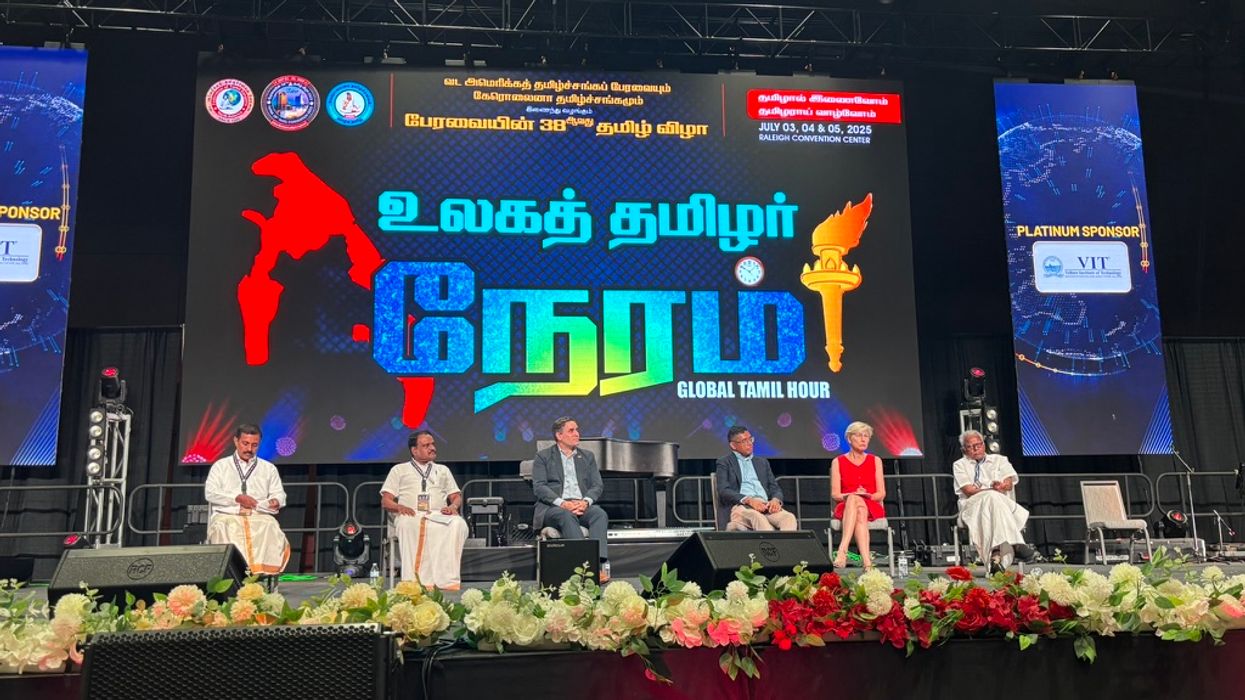



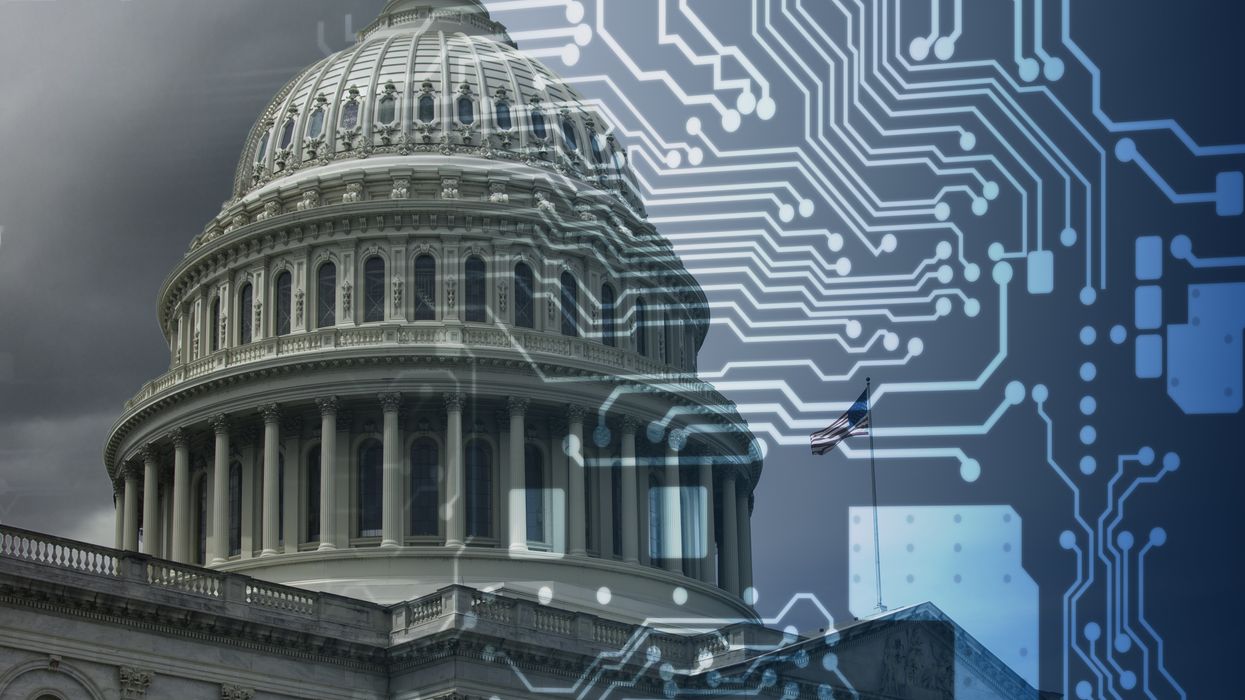
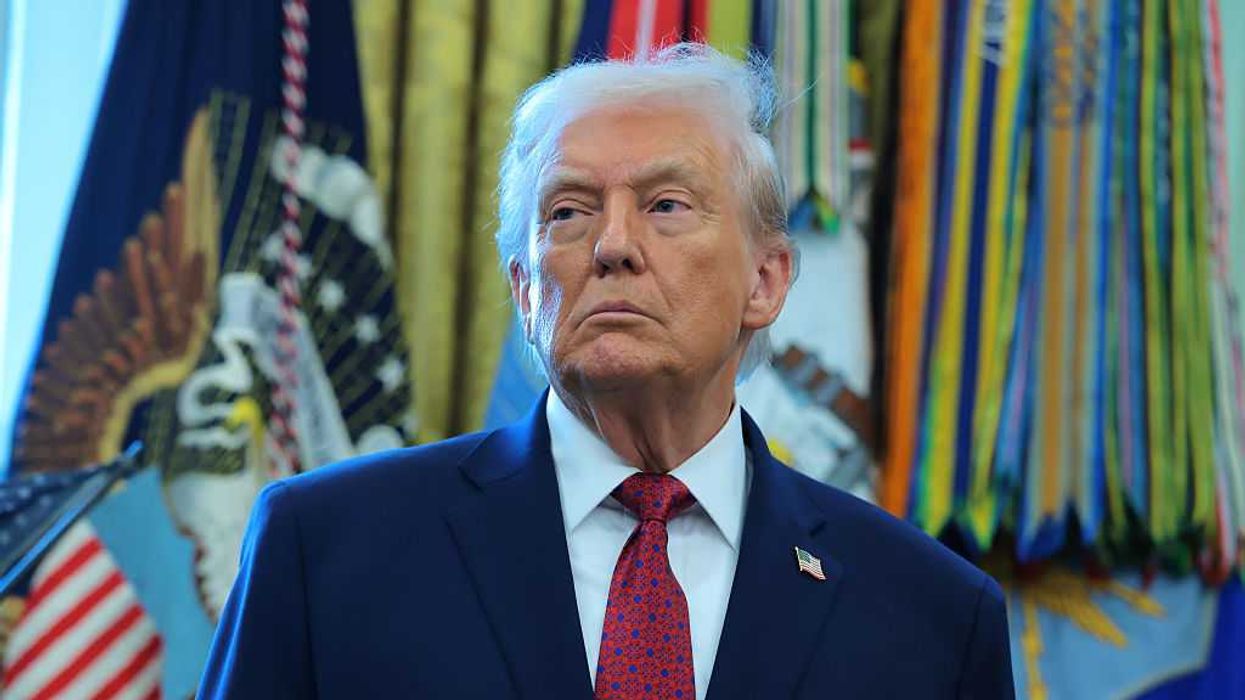
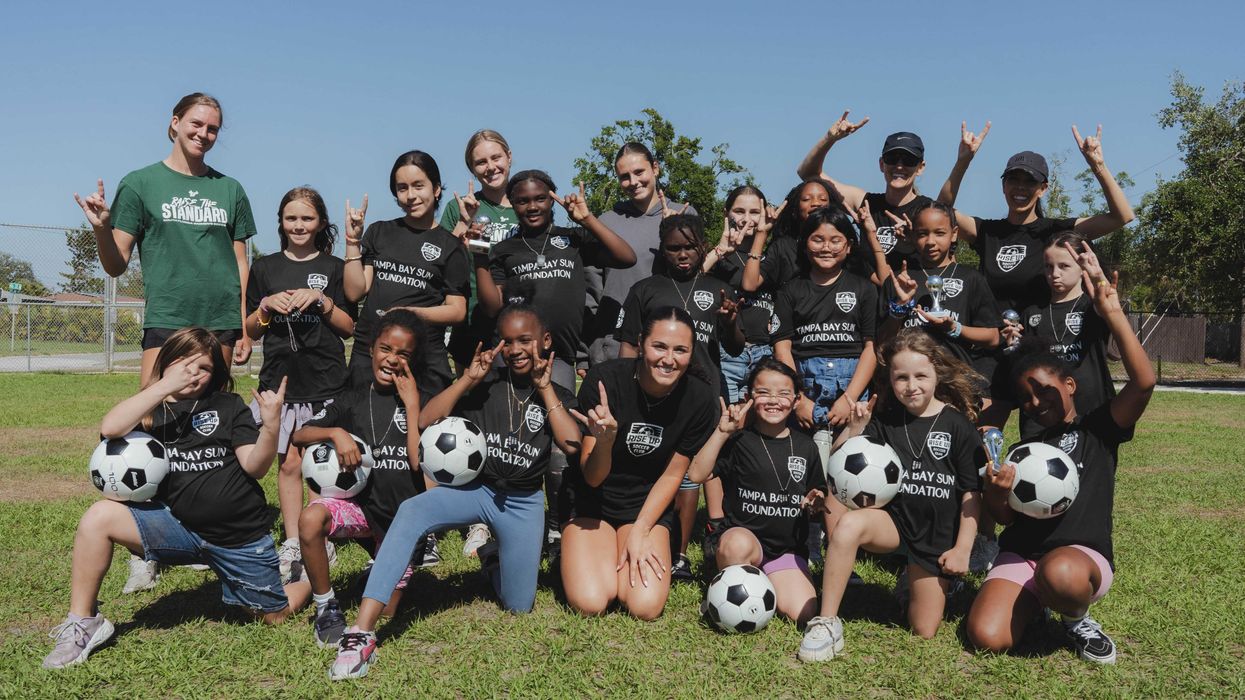







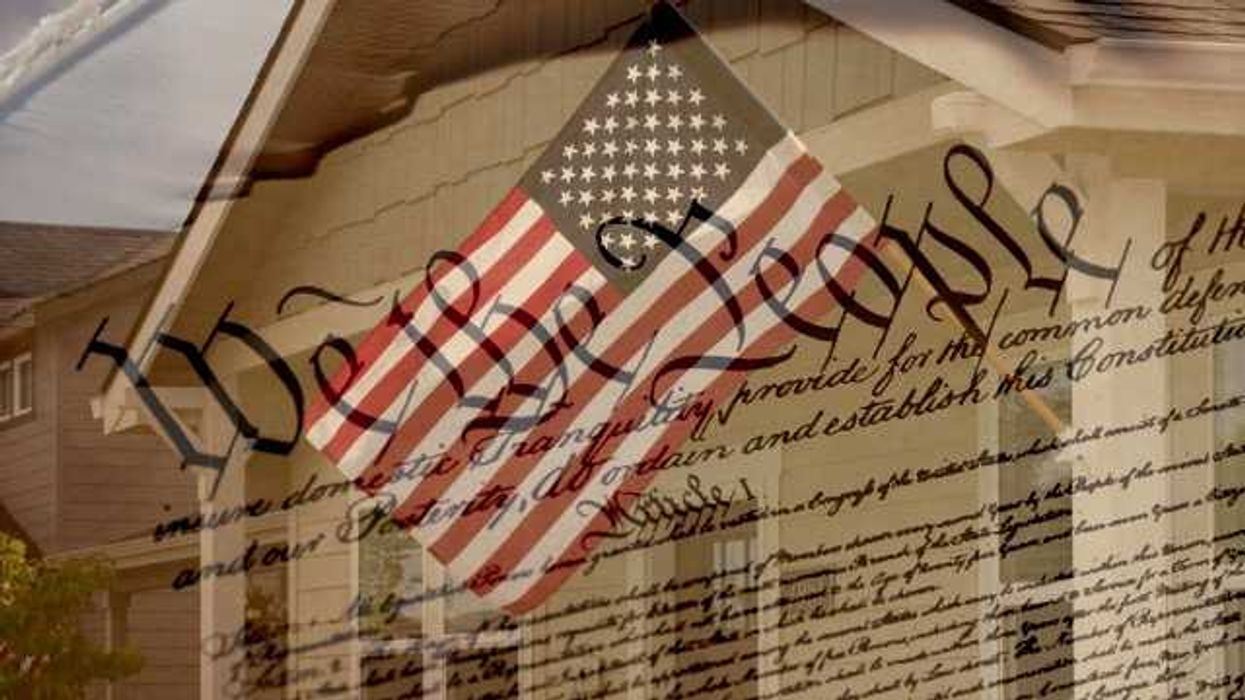
 Shannon Gormley, Rhode Island Public Schools
Shannon Gormley, Rhode Island Public Schools Les Sinclair, Blue Ridge Area Food Bank
Les Sinclair, Blue Ridge Area Food Bank Elena Casillas Hoffman,
Elena Casillas Hoffman, 
 Darrious Hilmon, Executive Director, CAN-TV
Darrious Hilmon, Executive Director, CAN-TV